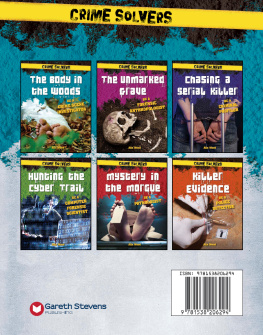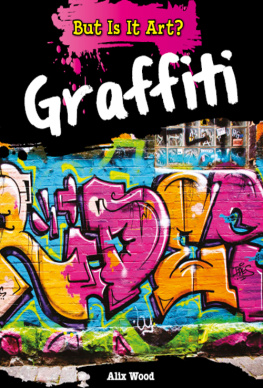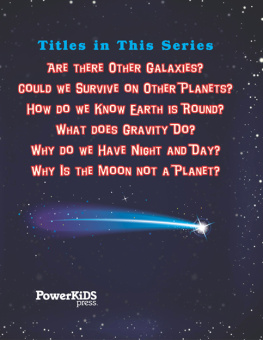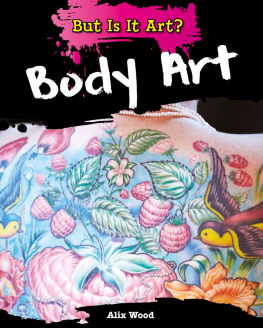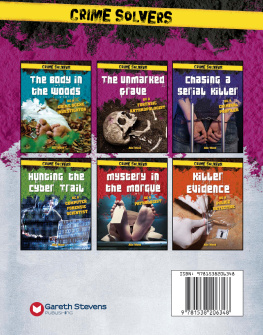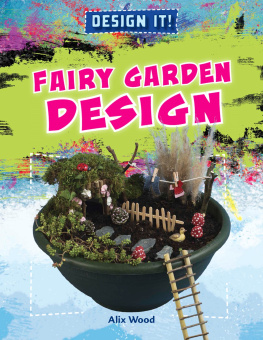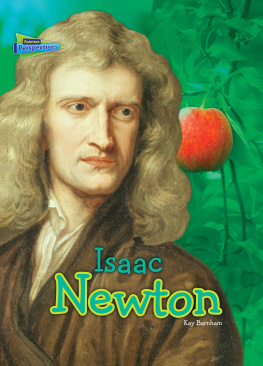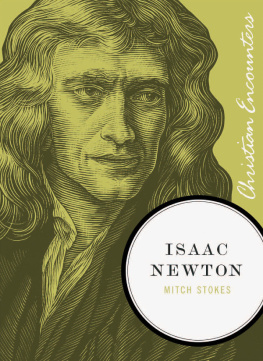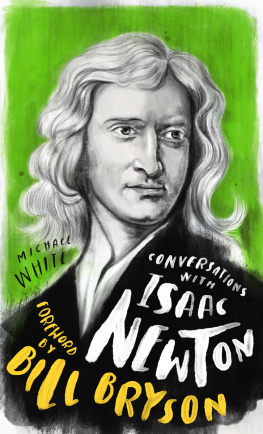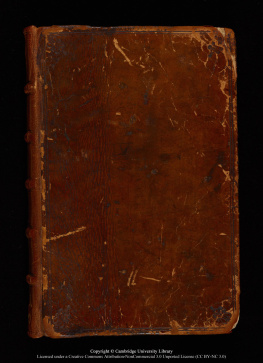Table of Contents
ISBN: 9781538337905
6-pack ISBN: 9781538337912
GRL: T
World-Changing
SCIENTISTS
Titles in This Series
Rachel Carson
Marie Curie
Stephen Hawking
Edwin Hubble
Sir Isaac Newton
Leonardo da Vinci
Alix Wood
Sir Isaac
Newton
World-Changing
SCIENTISTS
ROSEN / PowerKids Press
SIR ISAAC NEWTON Alix Wood
WCS_Newton_PB 1 4/24/2018 10:10:29 AM
World-Changing
SCIENTISTS
Alix Wood
New York
Sir Isaac
Newton
Published in 2019 by Rosen Publishing
29 East 21st Street, New York, NY 10010
Cataloging-in-Publication Data
Names: Wood, Alix.
Title: Sir Isaac Newton / Alix Wood.
Description: New York : PowerKids Press, 2019. | Series: World-changing scientists |
Includes glossary and index.
Identiers: LCCN ISBN 9781538337905 (pbk.) | ISBN 9781538337899 (library bound) |
ISBN 9781538337912 (6 pack)
Subjects: LCSH: Newton, Isaac, 1642-1727--Juvenile literature. | Physicists--Great Britain--
Biography--Juvenile literature. | Scientists--Great Britain--Biography--Juvenile literature. |
Physics--History--Juvenile literature.
Classication: LCC QC16.N7 W64 2019 | DDC 530.092 B--dc23
Copyright 2019 Alix Wood Books
Adaptations to North American edition 2019
by Rosen Publishing
Produced for Rosen Publishing by Alix Wood Books
Designed by Alix Wood
Editor: Eloise Macgregor
Photo credits:
Cover, 1, Christies Images Ltd/ARTOTHEK; 4 Andrew Gray; 5 Myrabella; 6 DeFacto;
7, 8, 9, 12, 14, 15, 16, 21, 22 bottom, 23 top and middle, 25, 26 right Adobe Stock Images;
18 Andrew Dunn; 19 Shutterstock; 20 Stephen Finn/Adobe Stock Images; 22 top
Wellcome Images; 23 bottom e Huntington Library; 26 le, 27 Alix Wood;
all other images are in the public domain
All rights reserved. No part of this book may be reproduced in any form
without permission from the publisher, except by reviewer.
Printed in the United States of America
CPSIA compliance information: Batch #CS18PK: For further information contact Rosen Publishing,
New York, New York at 1-800-542-2595.
Contents
World-Changing Scientist
Sir Isaac Newton ...............................................
Newtons Childhood ......................................... 6
Studying at Cambridge ................................ 10
Time to Think ................................................. 12
Becoming a Professor ................................... 16
A Most Important Book .............................. 18
Public Service ................................................ 20
Fascinated by Alchemy ................................ 22
Final Years ....................................................... 24
S
cience
P roject
:
Explore Newtons Third Law of Motion ........
Test Your Knowledge .................................... 28
Glossary .......................................................... 30
For More Information ................................... 31
Index ................................................................. 32
E
nglish scientist Isaac Newton is
one of the most important scientists
in history. After watching an apple
fall from a tree, Newton discovered the
theory of gravity . His work helped explain
the movements of the planets and the Sun.
Newton invented a type of math called
calculus now used in engineering and
science. He made major discoveries in the
study of light and invented a new type of
telescope. His laws of motion form the basis
for the science of physics . He was fascinated
by trying to understand and explain the many
mysteries of the universe.
Sir Isaac Newton
World -Changing Scientist
I do not know what I may appear to the
world, but to myself I seem to have been
only like a boy playing on the seashore,
shell than ordinary, whilst the great ocean
of truth lay all undiscovered before me.
A statue of Isaac
apple, outside an
Oxford museum.
Science Notes
Newton, born in 1642, lived during a period of scientific revolution
where discoveries were changing peoples ideas about the world.
In 1543, Nicolaus Copernicus suggested that Earth might not be the
center of the universe. Giordano Bruno later said that the universe
might stretch out into infinity . Johannes Kepler worked out that the
movements of the planets followed mathematical rules. Galileo Galilei
discovered objects of different weights dropped together reach the
ground at the same time. Newton wove all their ideas together with
his own, and developed them into clear, scientific laws.
Dangerous Times
Newton was born into a chaotic time.
England was being torn apart by civil
war. The plague, a deadly disease, was
spreading through Europe. It was also
a dangerous time to study science,
where scientists new ideas might go
against the religious beliefs of the
period. Galileo was imprisoned for
believing the Earth moved around the
Sun. Giordano Brunos ideas led him to
be tried and burned at the stake in
this market square in Rome, Italy.
Newtons Childhood
I
saac Newton was born on Christmas Day 1642, at
Woolsthorpe Manor in Lincolnshire, England. His father,
also called Isaac, had been a farmer, but had died three
months before Isaac was born. Isaac was born early, and was
very tiny. He was not expected to survive.
Newton did not have a very happy childhood. When Isaac
was three years old, his mother, Hanna Ayscough, remarried.
Her new husband, Barnabas Smith, was a wealthy rector
who lived in a nearby village. Hanna left Isaac to be looked
after by his grandmother at Woolsthorpe Manor. Newton
did not like his mothers new husband. One day he even
threatened to burn their house down! His mother returned
to Woolsthorpe in 1653, after Barnabus Smith died.
Woolsthorpe Manor,
his childhood.
When Newton was 12 years old, he went to the Kings
School, Grantham. Just like most good schools at that time,
the school taught the classics, concentrating on subjects
such as Ancient Greek and Latin, philosophy , history, and
literature. The school did not teach science or math. While
he was at the Kings School, Isaac stayed in the house of
a local pharmacist , William Clarke. Clarkes two stepsons
were at school with Isaac.
Clarkes chemical library and his laboratory sparked an interest
in science in young Newton. Isaac was also fascinated by local
craftsmen building a windmill nearby. He would go and watch them
work, and try to understand how all the pieces went together.
Isaac decided to make a model of the windmill. The model that
he made could work by wind power, but it also ran by mouse


